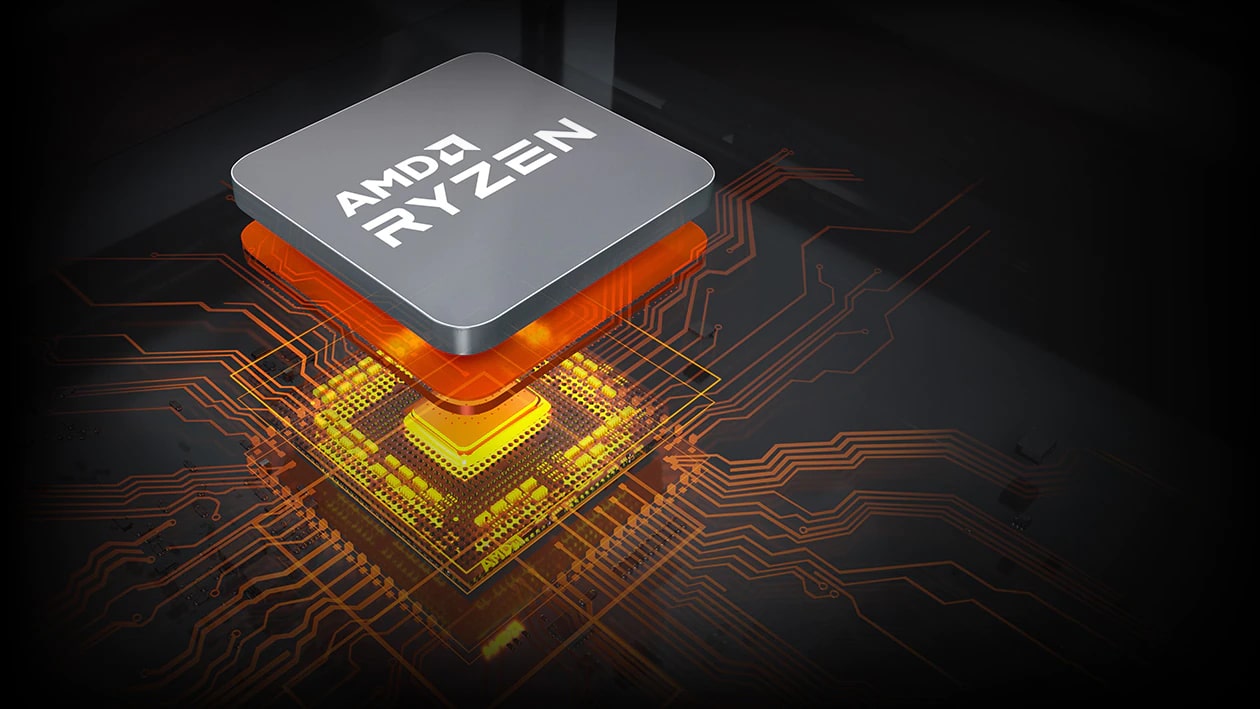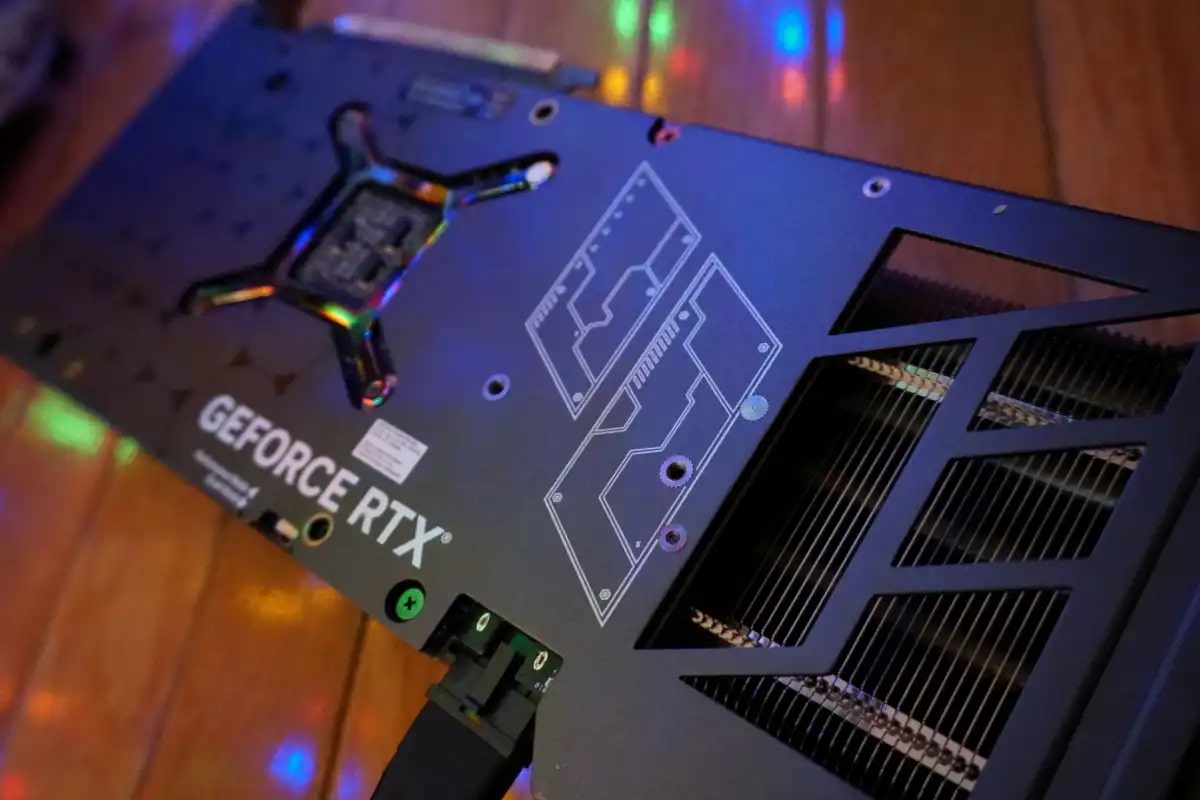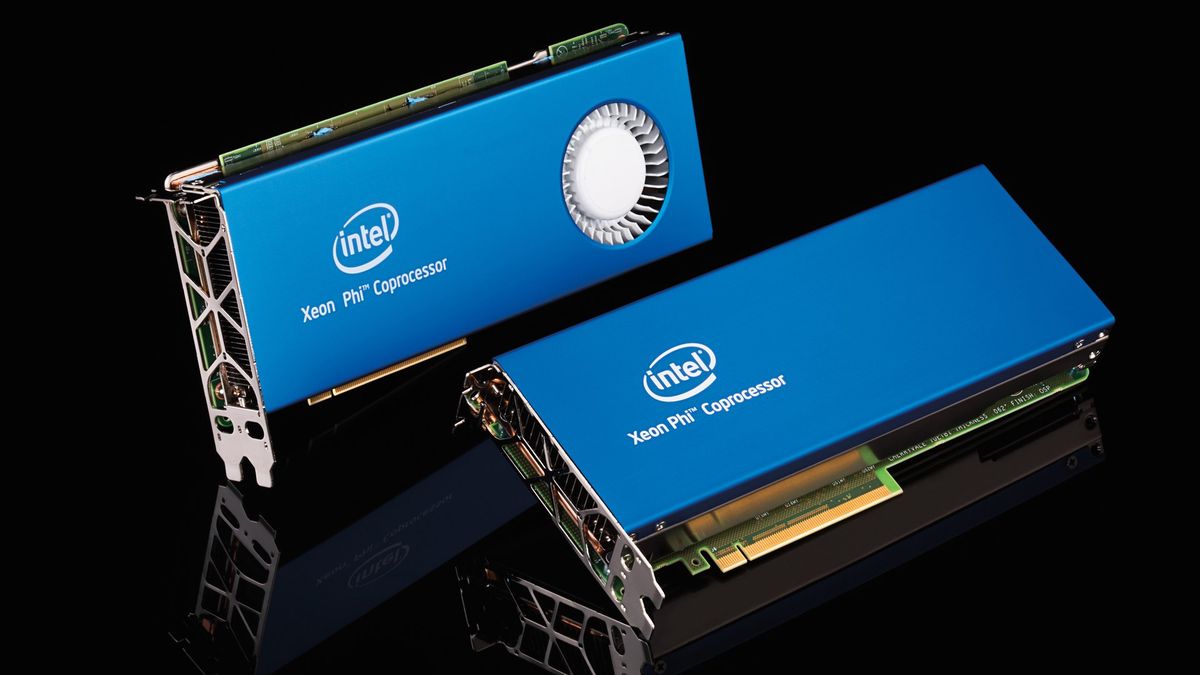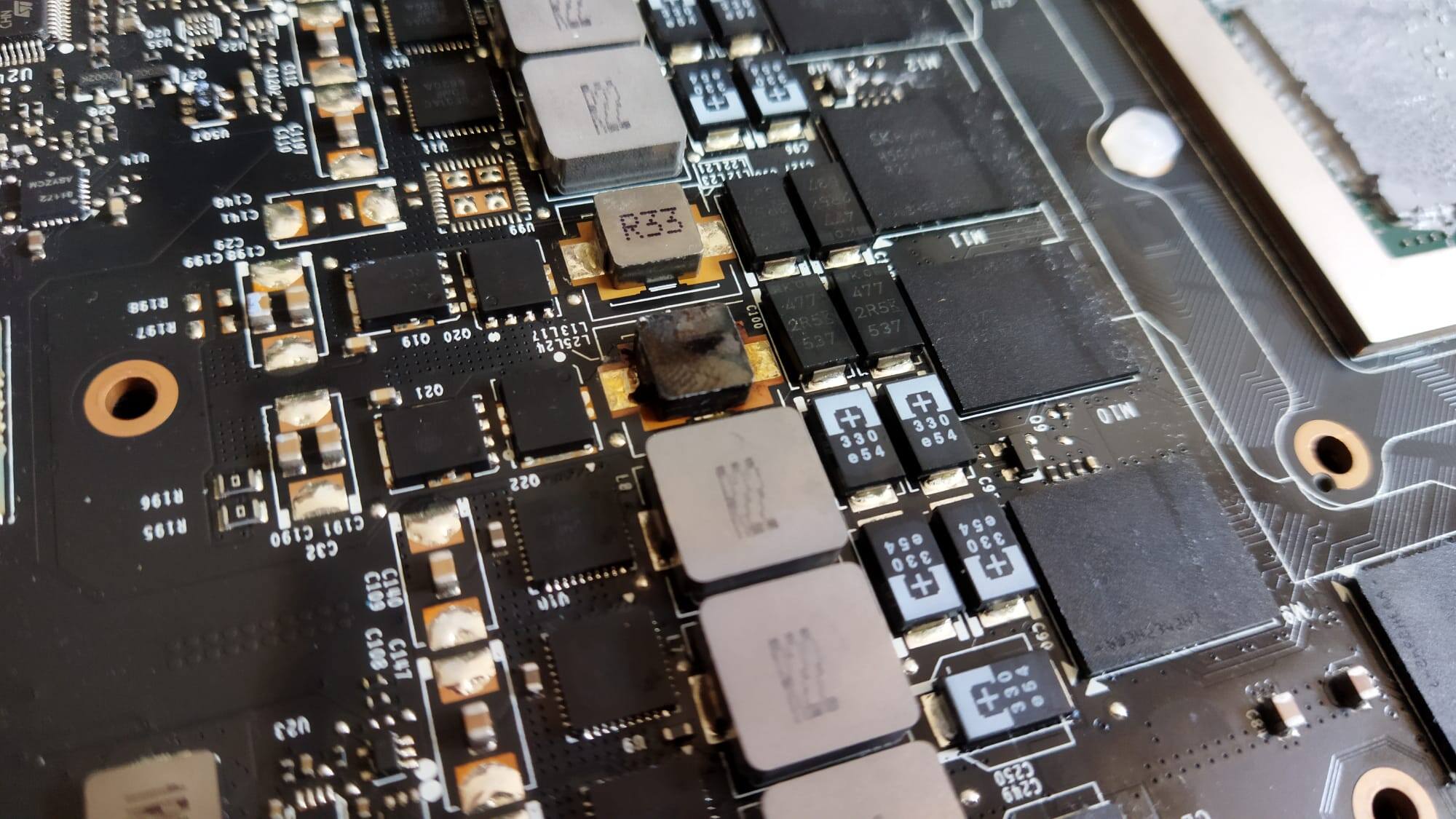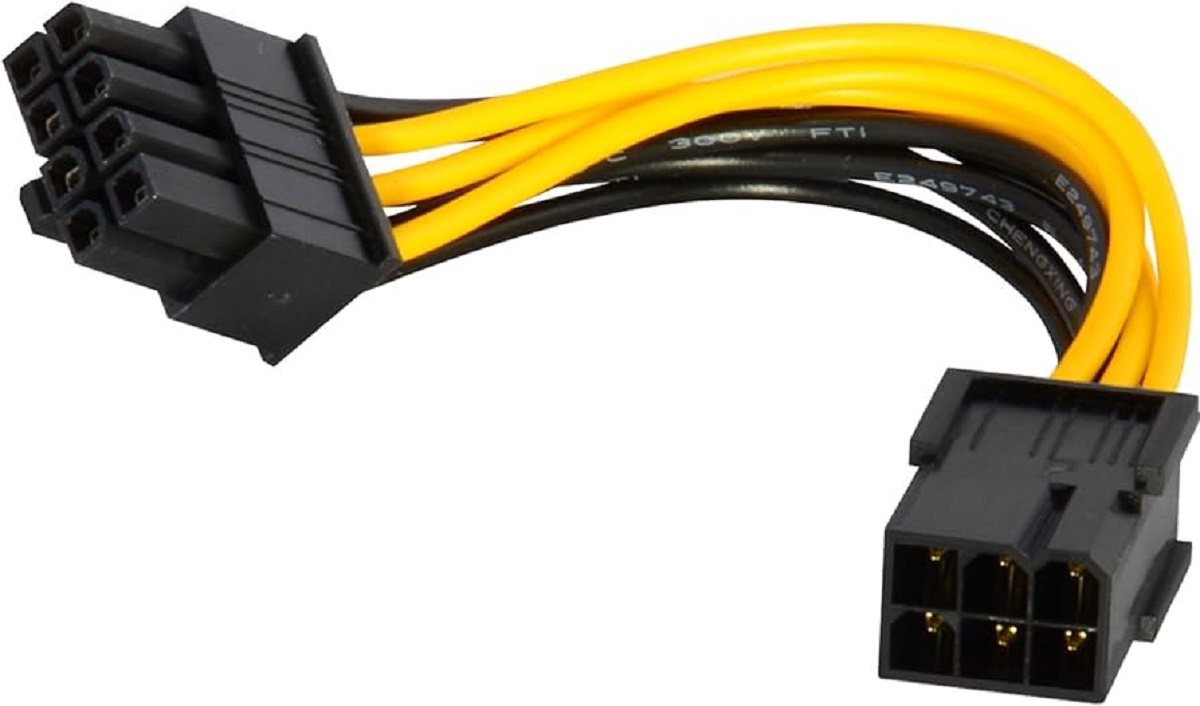What is an integrated graphics card?
An integrated graphics card, also known as an onboard or integrated GPU (Graphics Processing Unit), is a graphics card that is built into the motherboard of a computer. Unlike dedicated graphics cards, which have their own separate hardware and memory, integrated graphics cards utilize a portion of the computer’s main memory (RAM) for graphics processing.
Integrated graphics cards are commonly found in budget-friendly laptops and desktops, as well as in some low-power devices like tablets and mini PCs. They are designed to handle basic display tasks, such as web browsing, document editing, and video playback, but they generally lack the processing power and memory bandwidth required for demanding applications like gaming, graphic design, and video editing.
The performance of an integrated graphics card varies depending on factors such as the processor it is integrated with and the amount of shared memory. Some modern integrated graphics solutions, such as Intel’s Iris Xe graphics, offer better performance than older integrated graphics cards and can handle light gaming and multimedia tasks reasonably well. However, for more demanding applications or high-end gaming, a dedicated graphics card is recommended.
It’s important to note that while integrated graphics cards are sufficient for most everyday computing tasks, they may struggle with graphics-intensive applications. If you frequently use software that requires accelerated graphics processing or if you are an avid gamer, it’s crucial to have a dedicated graphics card for optimal performance.
Knowing whether your computer has an integrated graphics card or a dedicated graphics card can help you understand its capabilities and determine if it meets your specific needs. In the next section, we will explore how you can check the graphics card information on different operating systems.
Why would you want to know if your graphics card is integrated?
Understanding whether your computer has an integrated graphics card or a dedicated graphics card is essential for several reasons:
1. Performance: Integrated graphics cards are generally sufficient for basic tasks like web browsing and document editing. However, if you plan to use graphics-intensive applications such as video editing software or play modern video games, a dedicated graphics card will significantly improve your computer’s performance and allow for a smoother experience. Knowing whether your graphics card is integrated helps you determine the capabilities of your system and whether an upgrade is necessary.
2. Compatibility: Some software applications and games have specific requirements regarding the type of graphics card needed for optimal performance. By knowing whether your graphics card is integrated, you can ensure compatibility with these applications and avoid potential issues or limitations.
3. Upgrading: If you find that your integrated graphics card is unable to meet your needs, you may consider upgrading to a dedicated graphics card. Knowing whether your graphics card is integrated helps you understand the scope of the upgrade required and guides you in selecting a suitable replacement.
4. Power and heat management: Integrated graphics cards tend to consume less power and generate less heat compared to dedicated graphics cards. This makes them an ideal choice for laptops and small form-factor computers that prioritize energy efficiency and cooling. Knowing whether your graphics card is integrated allows you to make informed decisions when it comes to system cooling and power supply requirements.
5. Budget considerations: Integrated graphics cards are commonly found in budget-friendly computers and laptops since they eliminate the need for an additional graphics card. If you are on a tight budget and do not require high-performance graphics, knowing that your computer already has an integrated graphics card can help you save money by avoiding unnecessary upgrades.
By understanding whether your graphics card is integrated or dedicated, you can make informed decisions about software compatibility, performance requirements, system upgrades, and budget considerations. In the following sections, we will explore how to check your graphics card information on various operating systems to determine if it is integrated or dedicated.
Checking your graphics card information on Windows
If you’re using a Windows operating system, there are several ways to check whether your graphics card is integrated or dedicated:
1. Device Manager: Press the Windows key + X and select “Device Manager” from the menu. In the Device Manager window, expand the “Display adapters” category. If you see the name of a specific graphics card (e.g., NVIDIA or AMD), it indicates that you have a dedicated graphics card. If you see “Intel HD Graphics” or “Intel UHD Graphics,” it means you have an integrated graphics card.
2. System Information: Press the Windows key + R to open the Run dialog box. Type “msinfo32” and press Enter. In the System Information window, expand the “Components” category and select “Display.” Look for the “Adapter Type” field to see the name of your graphics card. If it mentions a specific graphics card, it is dedicated. If it says “Intel” or “Radeon Vega” followed by a number, it means you have integrated graphics.
3. Third-Party Utilities: There are several third-party software utilities available for Windows that provide detailed information about your system, including your graphics card. Programs like CPU-Z, GPU-Z, and Speccy can provide comprehensive details about your graphics card, including its model, memory, and whether it is integrated or dedicated.
4. Manufacturer’s Driver Software: Many graphics card manufacturers, such as NVIDIA and AMD, provide their own software for managing and updating drivers. These software utilities often display information about your graphics card, including whether it is integrated or dedicated. Look for the manufacturer’s software in your system’s installed programs or check their website for a downloadable version.
By using these methods, you can easily determine whether your graphics card is integrated or dedicated on Windows. This knowledge will help you make informed decisions regarding system upgrades, compatibility with software and games, and troubleshooting any graphics-related issues you may encounter.
Checking your graphics card information on macOS
If you are using a macOS, you can easily check whether your graphics card is integrated or dedicated by following these steps:
1. System Information: Click on the Apple menu in the top left corner of the screen and select “About This Mac.” In the window that appears, click on the “System Report” button. In the System Information window, navigate to the “Graphics/Displays” section. Here, you will see the details of your graphics card. If it mentions a specific graphics card (e.g., NVIDIA or AMD), it indicates you have a dedicated graphics card. If it says “Intel HD Graphics” or “Intel Iris Graphics,” it means you have an integrated graphics card.
2. Activity Monitor: Open the “Applications” folder, then go to the “Utilities” folder and open “Activity Monitor.” In the Activity Monitor window, select the “GPU” tab at the top. If you see multiple entries under the “Display” column, it suggests that you have a dedicated graphics card. If there is only one entry or it mentions “Intel,” it signifies that you have an integrated graphics card.
3. Terminal Command: Open the “Applications” folder, go to the “Utilities” folder, and open “Terminal.” In the Terminal window, enter the command “system_profiler SPDisplaysDataType” and press Enter. The output will display detailed information about your graphics card. Look for the line that says “Chipset Model” or “Interconnect ID” – if it mentions a specific graphics card brand or model, it is dedicated. If it says “Intel,” it means you have integrated graphics.
4. Third-Party Utilities: Similar to Windows, there are third-party utilities available for macOS that can provide even more detailed information about your graphics card. Applications such as Macs Fan Control or iStat Menus can display comprehensive information about your graphics card, including whether it is integrated or dedicated.
By utilizing these methods, you can quickly determine whether your graphics card on macOS is integrated or dedicated. This knowledge will assist you in making informed decisions about system upgrades, software compatibility, and troubleshooting any graphics-related issues you may encounter.
Checking your graphics card information on Linux
If you are using a Linux operating system, there are several methods you can use to check whether your graphics card is integrated or dedicated:
1. lspci Command: Open the terminal and enter the command “lspci | grep VGA” (without the quotes) and press Enter. This command will display the information about your graphics card. If it mentions a specific graphics card brand or model, it indicates you have a dedicated graphics card. If it says “Intel Corporation” or “AMD/ATI,” it means you have an integrated graphics card.
2. Additional Terminal Commands: In the same terminal window, you can enter other commands to gather more details about your graphics card. For example:
– “lshw -C display” will provide a detailed overview of all display adapters, including the type of graphics card.
– “glxinfo | grep -i vendor” will display the vendor information of your graphics card.
3. System Information GUI: Some Linux distributions have a built-in system information GUI. You can usually access it from the “Settings” or “System” menu. Look for the “Display” or “Graphics” section to find information about your graphics card. It may mention the brand and model, allowing you to determine if it is integrated or dedicated.
4. Third-Party Utilities: There are several third-party utilities available for Linux that can provide comprehensive information about your graphics card. Utilities like GPU-Z or Sysinfo can display detailed specifications and indicate whether your graphics card is integrated or dedicated.
By using these methods, you can easily determine whether your graphics card on Linux is integrated or dedicated. This knowledge is crucial for system configuration, troubleshooting graphics issues, and determining compatibility with software and drivers.
Online tools to help identify your graphics card
If you’re unable to determine whether your graphics card is integrated or dedicated using the built-in tools on your computer, there are online resources and tools available that can assist you in identifying your graphics card:
1. GPU-Z: GPU-Z is a popular and reliable tool that provides detailed information about your graphics card. It is available as a free download for Windows and can identify the make, model, and specifications of your graphics card. Simply install GPU-Z, launch the program, and it will display comprehensive details about your graphics card, including whether it is integrated or dedicated.
2. TechPowerUp: TechPowerUp offers a website with a database of graphics card information. You can visit their website and use their GPU database to search for your graphics card by entering the model or series name. It will provide you with detailed specifications, images, and potential matches for your card. This can help you determine if your graphics card is integrated or dedicated.
3. CPU-Z: While primarily known for its CPU information, CPU-Z also provides details about the graphics card. This free tool is available for Windows and can display information about your graphics card, including the model, vendor, and if it is integrated or dedicated.
4. Manufacturer’s Website: If you know the brand and model of your graphics card, visiting the manufacturer’s website can provide valuable information. Most graphics card manufacturers have product pages that provide specifications and details about specific models. By finding your graphics card on the manufacturer’s website, you can confirm whether it is integrated or dedicated.
These online tools and resources can be helpful in identifying the type of graphics card you have, whether integrated or dedicated. They provide detailed information and confirm the specifications of your graphics card, allowing you to make informed decisions about compatibility, performance, and potential upgrades.
How to upgrade an integrated graphics card
While it’s not possible to upgrade the physical integrated graphics card on a motherboard like you would with a dedicated graphics card, there are a few options available to enhance the graphics performance of your system:
1. Adding a dedicated graphics card: You can install a dedicated graphics card in an available PCI Express slot on your motherboard. This will bypass the integrated graphics and utilize the power of the dedicated graphics card for graphics-intensive tasks. Before purchasing a dedicated graphics card, ensure that your system has an available slot and proper power supply capacity to support the new card.
2. External graphics card enclosure: If you have a laptop with Thunderbolt 3 or USB-C with DisplayPort support, you can consider using an external graphics card enclosure. These enclosures allow you to connect a dedicated graphics card externally to your laptop, providing a significant boost in graphics performance. However, it’s important to note that this option can be expensive, and compatibility may vary depending on your system.
3. Optimizing system settings: While not a direct upgrade, optimizing your system settings can improve the performance of the integrated graphics card. Updating drivers, adjusting graphics settings in games and applications, and ensuring that the system has adequate cooling can help maximize the capabilities of the integrated graphics.
4. Upgrading to a newer system: If your current system with the integrated graphics card is not meeting your requirements, you may consider investing in a new computer or laptop that comes with a more powerful dedicated graphics card. This allows you to benefit from the enhanced graphics performance without the limitations of an integrated graphics card.
It’s important to note that upgrading an integrated graphics card may require technical expertise and compatibility considerations. If you’re not confident in performing the upgrades yourself, it’s recommended to seek assistance from a professional or consult with the manufacturer.
By exploring these options, you can enhance the graphics performance of your system, whether by adding a dedicated graphics card, utilizing an external graphics card enclosure, optimizing settings, or considering a new system with a more powerful graphics card. Remember to choose the option that best fits your needs and budget, while ensuring compatibility with your existing hardware.
Conclusion
Knowing whether your graphics card is integrated or dedicated is crucial for understanding the capabilities of your computer and making informed decisions about upgrades or compatibility with software and games. Integrated graphics cards are suitable for everyday computing tasks but may struggle with graphics-intensive applications. In contrast, dedicated graphics cards offer better performance and are recommended for gaming and graphics-intensive tasks.
On Windows, you can check your graphics card information through Device Manager, System Information, or third-party utilities. macOS users can find this information in the System Information window, Activity Monitor, or by using terminal commands. Linux users can utilize commands such as lspci or graphical user interfaces to determine their graphics card type.
If the built-in tools on your computer don’t provide the necessary details, you can turn to online resources like GPU-Z, TechPowerUp, or CPU-Z to identify your graphics card. These tools offer comprehensive information and can help determine if your graphics card is integrated or dedicated.
If you find that an integrated graphics card does not meet your needs, upgrading to a dedicated graphics card, using an external graphics card enclosure, or considering a new system with a more powerful graphics card are viable options to enhance graphics performance.
Understanding the type of graphics card in your computer empowers you to make informed decisions about system upgrades, software compatibility, and troubleshooting graphics-related issues. With this knowledge, you can optimize your computing experience and ensure your system meets the demands of your tasks and activities.







